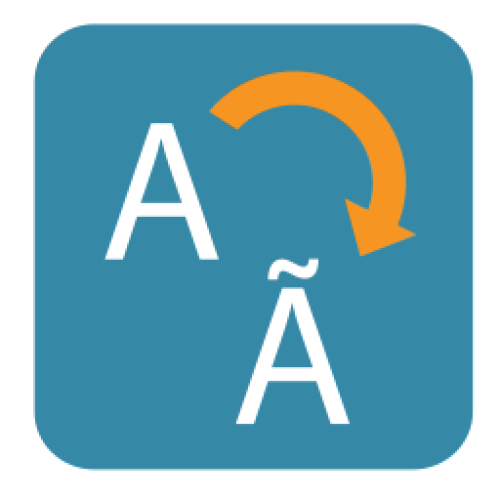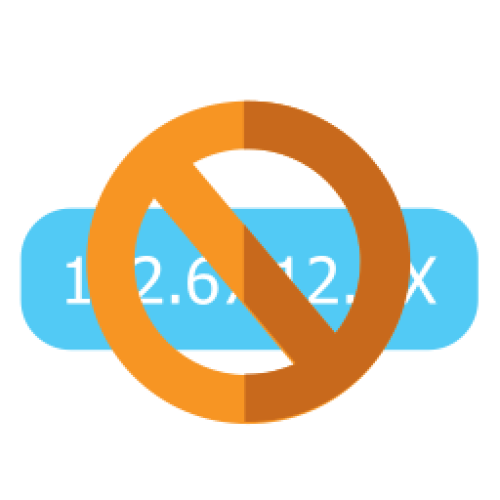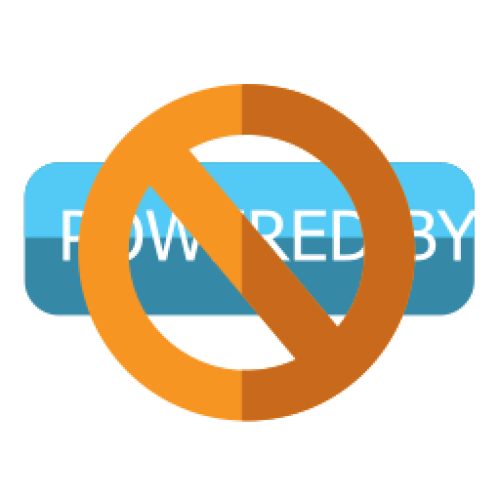Features: A-Z Index
A
B
C
D
E
F
G
I
L
M
N
P
Q
R
S
T
W
Newest 10 Entries
| Question | What is the Admin Zone? |
|---|---|
| Answer | The Admin Zone is a special section of your Composr website that allows authorized staff members to perform various administrative tasks. It serves as the central hub for managing content, configuring settings, monitoring activity, and maintaining the overall health of your website. |
| Question | What should I avoid doing in Composr to maintain accessibility? |
|---|---|
| Answer | Avoid using Comcode tags or other HTML elements that create dynamic effects in the user's browser, such as ticker and jumping. These can have a negative impact on navigation and scrolling. Provide alternate information for multimedia you upload so those with auditory impairments can still understand the content. Avoid creating multiple content items with the same title, as this can lead to accessibility issues and general user confusion. |
| Question | How does Composr handle forms for accessibility? |
|---|---|
| Answer | The web standards checker ensures that form labels are properly positioned and explicitly associated with their controls. It also checks that form elements have a logical tab order and are keyboard operable. |
| Question | How does Composr ensure accessible data tables? |
|---|---|
| Answer | The web standards checker enforces proper markup for data tables, including identifying row and column headers, and associating data cells with header cells. It ensures that tables are not used for layout (flex boxes and HTML grids are preferred for mobile responsiveness) unless they make sense when linearized. Composr provides summaries for tables to aid non-visual user agents in understanding their structure and content. |
| Question | How does Composr handle color contrast for accessibility? |
|---|---|
| Answer | Composr is designed with high graphic standards that aim to avoid poor color contrast in the default theme and Theme Wizard. But it is not perfect, especially for dark mode themes. Webmasters are still responsible for ensuring sufficient contrast in their own content and in custom themes. |
| Question | How do I provide text equivalents for images and multimedia in Composr? |
|---|---|
| Answer | Composr's web standards checker ensures that alternative text (using the "alt" attribute) is provided for images. It will warn if any images do not contain alt text. For multimedia, webmasters are responsible for providing captions and auditory descriptions either in the multimedia itself, on the description of the media, or uploaded as a caption file. |
| Question | How can I make sure my Composr website is accessible? |
|---|---|
| Answer | Enable the web standards checker in Composr while editing templates. Also do the same when previewing edited or new Comcode pages. Use the provided accessibility options in the Admin Zone to customize the webmaster experience according to your accessibility needs. Follow the webmaster concerns outlined in the "Helping improve site accessibility for disabled users" tutorial. Regularly test your website using third-party accessibility validation tools such as the WAVE Web Accessibility Evaluation Tool or the AChecker. |
| Question | What accessibility features are built into Composr? |
|---|---|
| Answer | Composr has an inbuilt web standards checker that helps ensure compliance with accessibility guidelines. Composr provides automatic sitemap generation functionality, a default sitemap page, and an advanced menu editor to manage navigation. Composr supports ARIA (Accessible Rich Internet Applications), which helps make dynamic content accessible. Composr includes options in the Admin Zone to fine-tune the webmaster experience for specific accessibility requirements. |
| Question | Does Composr comply with accessibility standards? |
|---|---|
| Answer | - Yes, Composr complies with the highest level of the WCAG (version 1.0 at the time of writing), level 3. - Composr also meets Section 508 guidelines, XHTML and CSS specifications, and the highest level of ATAG. - Composr conforms to these standards throughout, from user-facing screens to administrator interfaces. |
| Title | Extendable |
|---|---|
| Icon |  |
| Description | Versatile: You can strip down to a core system, or build up with 3rd-party addons. Full API documentation High coding standards: No PHP notices. Type-strict codebase. MVC framework. Free online developer's guide book (in the tutorials) Custom field filters: For example, restrict news posts to a minimum length. Stack traces for easy debugging Synchronise data between staging and live sites using Resource-fs Breadcrumb overrides Advanced banning: Set your own banning rules for different hack attack codes. Even create your own ban pages (e.g. to mimic law enforcement bans for spammers). Code overrides: Implement modifications to the Composr code without directly editing the original code by creating _custom files. This makes upgrading much easier. Also supports contentious_overrides hooks and the override_api for more advanced overriding. Many different hook types allowing for modifying or extending Composr without modifying or overriding the code. |
Top 10 Entries
| Question | What notification options are available to members? |
|---|---|
| Answer | Members can choose from a wide range of notifications, including:
Members can choose to receive notifications via:
|
| Question | Can I share content like news and banners across the M.S.N.? |
|---|---|
| Answer | Yes, you can share news by placing it on the central site and using RSS blocks on satellite sites to display it. Banners can be shared by adding them to the central site and configuring satellite sites to use the central site's banner.php script. |
| Question | What should I consider when managing usergroups for subcommunities? |
|---|---|
| Answer |
|
| Question | What are Composr Clubs and how are they useful for subcommunities? |
|---|---|
| Answer | Clubs are special usergroups in Conversr (Composr's forum system) designed for creating subcommunities. They come with their own dedicated forums and are managed by members, taking pressure off site staff. Key features:
|
| Question | What are redirects and how can I use them for subsites? |
|---|---|
| Answer | Redirects let you create custom URL paths that point to different zones and pages within your site. Examples:
Go to Admin Zone > Structure > Redirects. |
| Question | What are virtual roots and how do I use them? |
|---|---|
| Answer | Virtual roots let you make a sub-category within a Composr module (e.g., downloads) appear as the top-level category. This is useful for creating separate "databases" of content for different subcommunities. To create a virtual root:
|
| Question | Can I have subsites and subcommunities within a single Composr installation? |
|---|---|
| Answer | Yes, Composr offers various tools to create subsites and subcommunities within a single installation:
|
| Question | What is the difference between a central site and a satellite site in an M.S.N.? |
|---|---|
| Answer | The central site hosts the shared forum, member database, and netlink system. It is the core of your M.S.N. Satellite sites are the additional websites within your network. They connect to the central site for member information and forum access. |
| Question | What are the advantages and disadvantages of using an M.S.N.? |
|---|---|
| Answer | Advantages:
Disadvantages:
|
| Question | What is a multi-site network (M.S.N.) in Composr? |
|---|---|
| Answer | An M.S.N. allows you to run multiple Composr websites (installations) that share a common forum and member database. It's ideal for website networks with shared communities but segmented content, staff, or branding. In essence, members who join one site automatically have accounts on all sites within the network. |














































